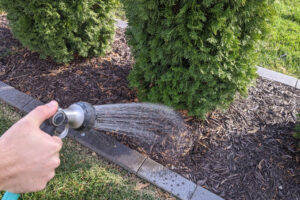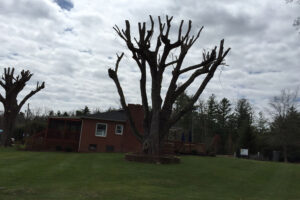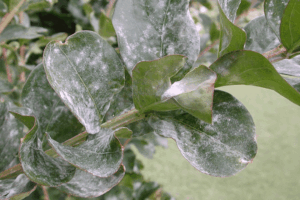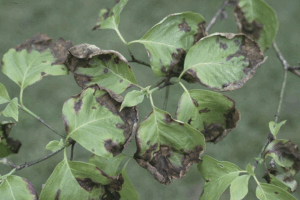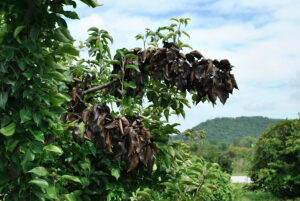Arborvitae care
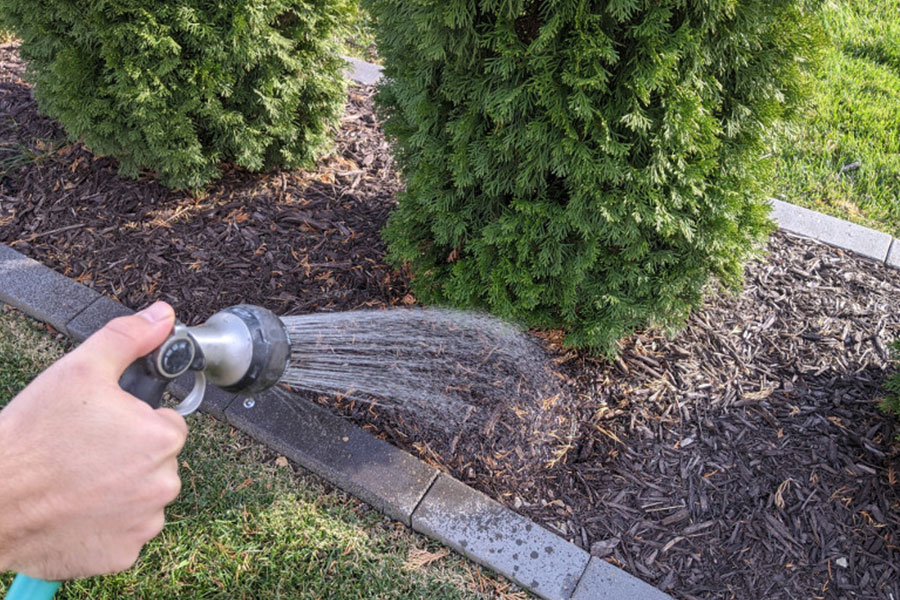
Arborvitaes, with their feathery foliage and evergreen charm, are a popular choice for landscaping. But like any living thing, they need proper care to thrive. This guide will equip you with the knowledge to keep your Arborvitaes healthy and vibrant, making them the envy of the neighborhood.
Cultivating a Thriving Arborvitae:
- Location, Location, Location: Choose a well-draining spot with at least 6 hours of sunlight daily. Avoid planting too deeply, as this can suffocate the roots.
- Watering Wisdom: Water deeply and infrequently, allowing the soil to dry slightly between waterings. Twice a week for 10 minutes. Overwatering can lead to root rot.
- Mulch Magic: Apply a 2-3 inch layer of organic mulch around the base, keeping it away from the trunk. Mulch helps retain moisture, suppress weeds, and regulate soil temperature.
- Finicky Feeding: Fertilize lightly in early spring with a balanced fertilizer formulated for evergreens. Avoid over-fertilizing, as this can damage the plant.
- Pruning Power: Prune selectively in late winter or early spring to maintain shape and remove dead or diseased branches. Avoid heavy pruning, as it can reduce density and future growth. Prune selectively in late winter or early spring to maintain shape and remove dead or diseased branches. Avoid heavy pruning, as it can reduce density and future growth.
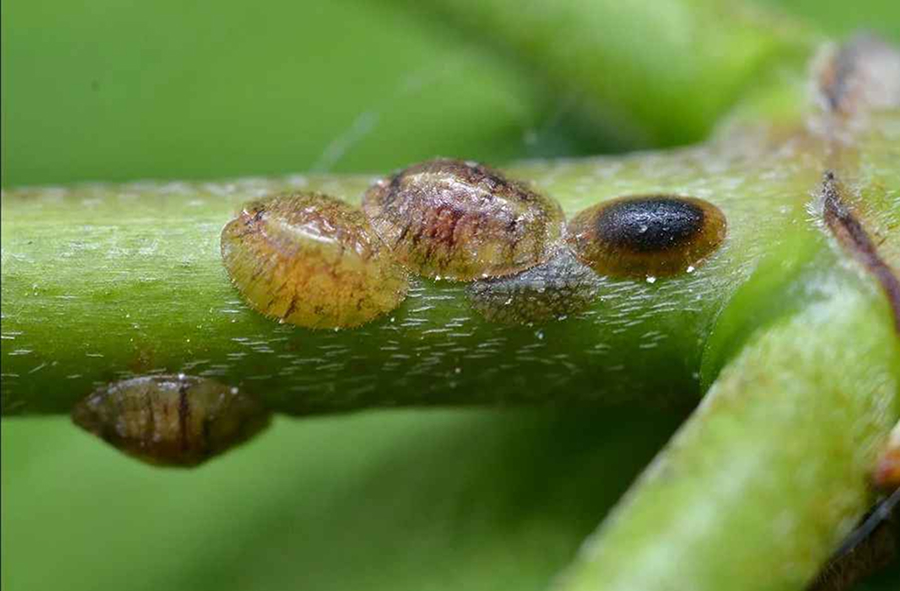
Diseases to Watch Out For:
- Fungal Diseases: Look for browning needles, wilting, or cankers on the bark. Early detection and treatment with fungicides are crucial.
- Blight: Sudden browning and dieback of branches can indicate blight. Prune affected branches and consider fungicide application.
- Scale Insects: These tiny pests suck sap, causing yellowing needles and stunted growth. Insecticidal soap or neem oil can be effective.
- Bagworms: These pesky caterpillars create brown, bag-like structures on the branches. If there are more than you can hand pick, it may be time to call in a PHC Professional.
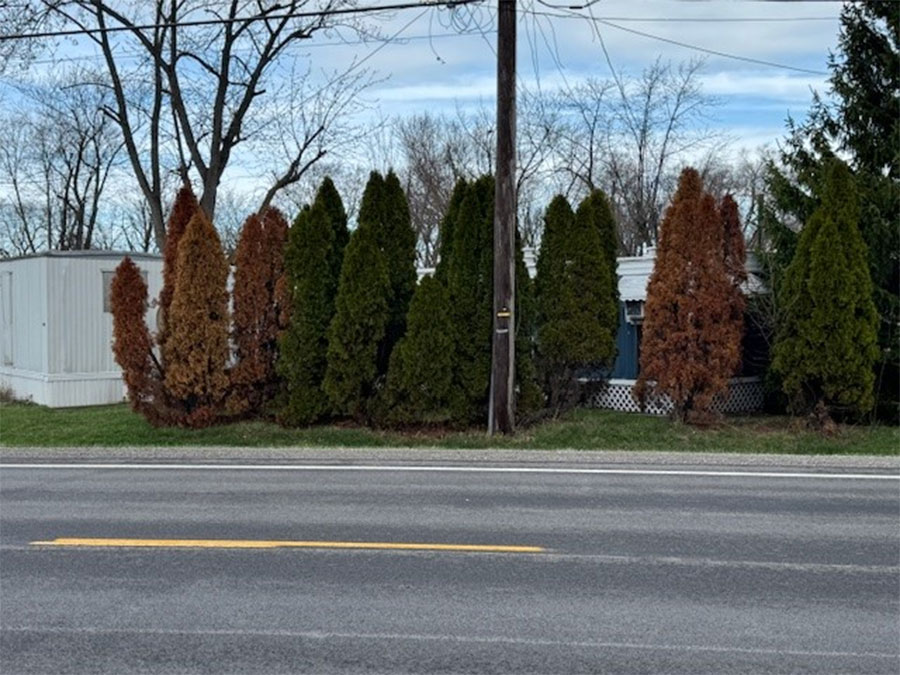
When to Call in the PHC Professionals:
- Advanced Diagnosis and Treatment: PHC Professionals can identify complex issues beyond basic diseases and recommend targeted solutions like soil amendments or specialized treatments.
- Expert Pruning: For corrective pruning, rejuvenation techniques, or shaping large Arborvitaes, a PHC Professional’s expertise ensures optimal results and safety.
- Ongoing Care and Monitoring: A customized care plan and regular monitoring by a PHC Professional can prevent future problems and ensure your Arborvitaes continue to flourish.
By following these tips and seeking help from a PHC Professional when needed, you can cultivate healthy, vibrant Arborvitaes that add year-round beauty and privacy to your landscape. Remember, a little care goes a long way in ensuring these green giants thrive for years to come!
Search
Recent Posts
Arborvitaes, with their feathery foliage and evergreen charm, are a popular choice for landscaping.…
Your backyard oasis deserves to thrive, but sometimes, even the best intentions leave us…
Crape myrtles (Lagerstroemia) are the undisputed stars of summer landscapes, boasting vibrant blooms in…
The Dogwood, with its ethereal blooms and striking bark, embodies Southern charm. Despite the…
Spring Tree Diseases in South Carolina Spring in South Carolina is a time of…

 803 200 1915
803 200 1915